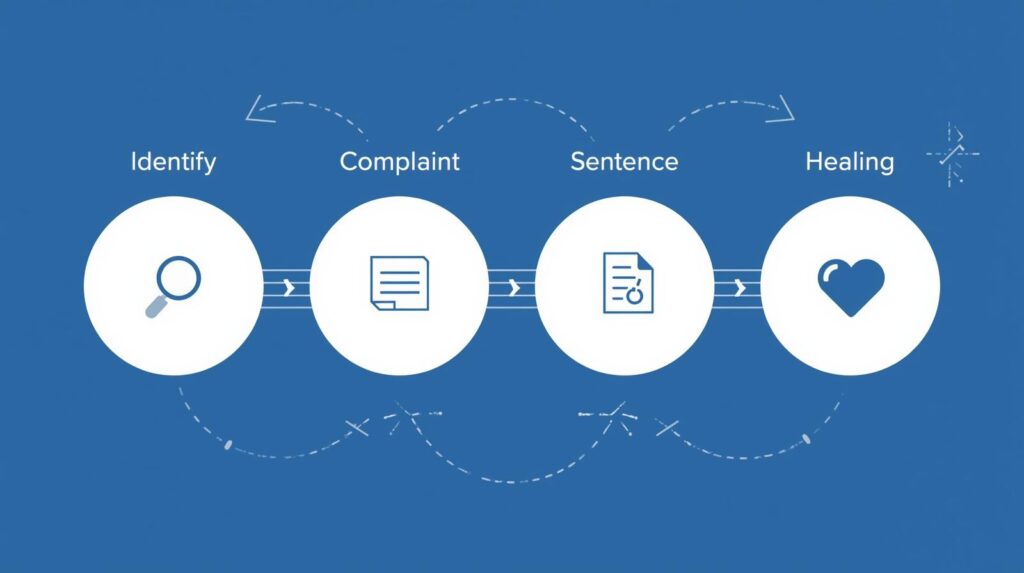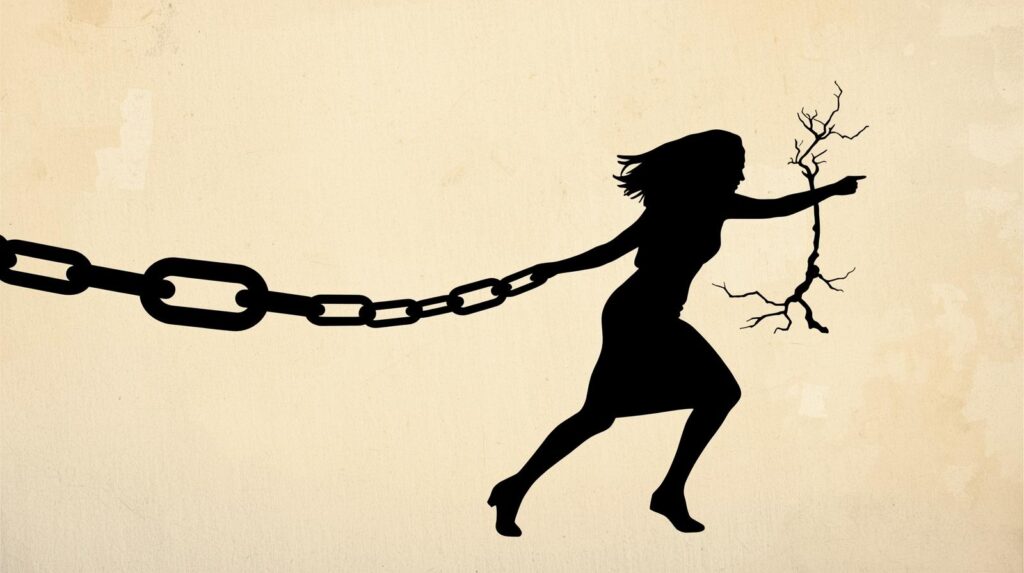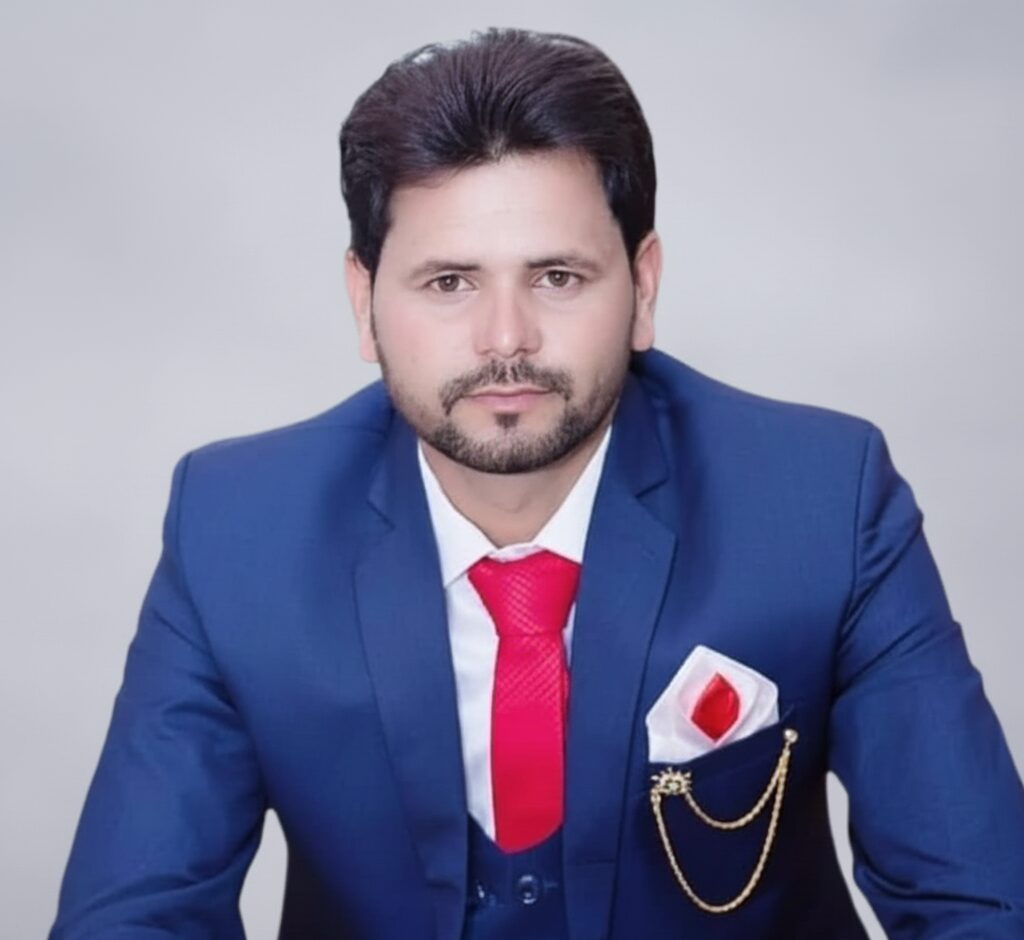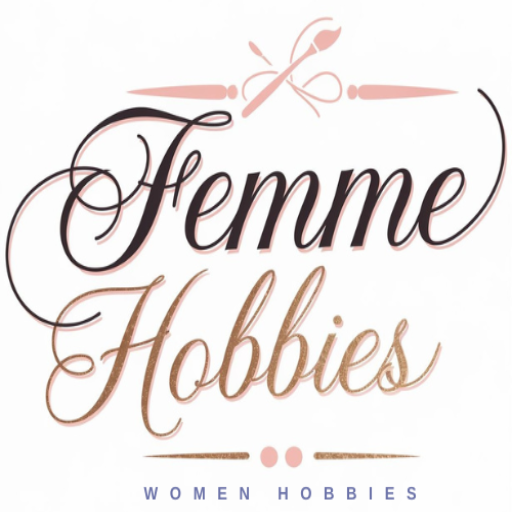Have you ever felt like you’re carrying emotional baggage that doesn’t even belong to you? A persistent anxiety, a vague fear, or a self-sabotaging habit that seems to have no clear origin in your own life? That’s exactly what Mark Wolynn’s book, It Didn’t Start With You, helped me understand about my own family patterns and a creative block I just couldn’t shake.
I’ll be honest, I avoided this book for months. The title alone felt heavy, too revealing. The thought of digging into family history and inherited trauma seemed daunting. What if it uncovered things I wasn’t ready to face? But as someone who writes about personal growth, I knew I had to explore why so many women found this book life-changing. I kept seeing it mentioned on Reddit threads and in book clubs, often described as a powerful, if challenging, read.
What I discovered wasn’t just about trauma; it was about freedom. It provided a new lens through which to view my anxieties and, most surprisingly, gave me a practical path toward healing them.
My Personal Breakthrough: How This Book Explained My Creative Blocks
I have always struggled with what I can only describe as unexplained creative anxiety. I’d sit down to paint—something I genuinely love, and feel this overwhelming sense of, this is pointless, or, who do you think you are? It was a frustrating cycle of inspiration followed by a crushing wave of self-doubt. I couldn’t pinpoint any specific event in my life that would cause such a strong reaction to something that brought me joy.
Through Mark Wolynn’s work, I began to see a connection I’d never considered. I traced this feeling back to my grandmother, a talented artist who had to abandon her creative dreams during wartime to focus on survival and raising a family. It Didn’t Start With You gave me the language to understand that this insecurity might not be entirely my own; it could be an inherited echo. The book helped me realize that the feeling wasn’t a reflection of my talent or worth, but a ghost of a past generation’s unfulfilled dream.
For women exploring hobbies and creativity, understanding these inherited blocks can be the difference between giving up and thriving. It reframes the internal critic from a personal failing to a family pattern seeking resolution.
What It Didn’t Start With You Is Really About
While the It Didn’t Start With You book delves into the science of epigenetics and family systems theory, its real power lies in the practical framework it offers. Wolynn isn’t just explaining why we carry generational trauma—he’s giving us a map to put down the weight. The book’s genre is best described as a blend of psychology, self-help, and neuroscience.
The core idea is that traumas experienced by our parents, grandparents, and even great-grandparents can be passed down, showing up in our lives as unexplained depression, anxiety, fears, or obsessive thoughts.
While the book delves into epigenetics, the core concept aligns with how Psychology Today defines trauma as an emotional response that can indeed be passed through generations. This isn’t just theory—it’s recognized in mainstream psychology.
Here are a few core concepts, broken down in simple terms:
- Your core language is more than just words. It’s the emotional blueprint you inherited. The specific phrases you use to describe your deepest fears (I’ll be abandoned, I’ll fail, I’ll lose everything) are often clues that point to an original family trauma.
- Trauma can skip generations. Just because your parents didn’t seem to have a specific issue doesn’t mean it wasn’t passed down. Wolynn shows how the emotional residue of a past event can remain dormant and then surface in a later generation.
- You might feel anxious about success. This is a common one. You consciously want to succeed, but you find yourself sabotaging your own efforts. This could be linked to an ancestor for whom success was dangerous or led to a tragic outcome.
The 4-Step Process That Actually Works

The most valuable part of the book is the Core Language Approach, a four-step method to uncover and heal these inherited patterns. I was skeptical, but I tried it myself. Here’s what worked for me:
- Identifying Core Descriptors: I started by journaling about my feelings toward my creative projects. I wrote down the exact words that came to mind when I felt blocked: pointless, not good enough, a waste of time.
- Finding the Core Complaint: I then worked to connect these phrases to my family history. I realized my fear of being not talented enough was tied to my grandmother’s story of having to give up her art, which was seen as a luxury she couldn’t afford. My core complaint was a fear that pursuing my joy was selfish or impractical.
- Creating a Core Sentence: The book guides you to build a sentence that bridges your present feeling with the past trauma. It helps articulate the unconscious loyalty you might feel toward an ancestor.
- Using Healing Sentences: Finally, I adapted the book’s exercises to create mantras for creative courage. Sentences like, I claim my right to joy and self-expression, and, I honor my grandmother by pursuing the creativity she couldn’t.
My honest take: Some of the exercises felt awkward at first. But the healing sentences became daily affirmations that genuinely shifted my mindset from one of fear to one of purpose.
Why This Book Matters for Women Exploring Personal Growth

Most reviews of this book focus on healing deep-seated trauma, which is absolutely valid. However, many miss a crucial point: It Didn’t Start With You is also about reclaiming your innate right to joy, creativity, and self-expression.
For women who have always felt a strange sense of guilt when taking time for hobbies or personal projects, this book offers a profound explanation: that guilt might not even be yours to carry. It provides a new perspective that connects personal well-being to a larger family system. This complements ideas from other popular books like The Mountain Is You, by exploring the deep origins of our self-sabotage, and it deepens the Let Them Theory by showing why we might be so deeply conditioned to seek external validation.
The Hard Truths: What Other Reviews Won’t Tell You
This book is challenging. But here’s what some reviews don’t mention:
- The case studies are heavy. Wolynn shares intense stories of his clients’ traumas. If you find them too much, it’s perfectly valid to skim them and focus on the exercises.
- You don’t need to agree with every concept. You can benefit from the framework even if you’re skeptical about some of the more spiritual or scientific claims. Take what resonates and leave the rest.
- This isn’t a quick fix. The book is a starting point for deeper work. As someone who has explored countless self-help books, I appreciate that Wolynn doesn’t promise easy solutions. Real healing takes time and effort.
How to Read This Book Without Feeling Overwhelmed
Based on my experience, here’s how to approach It Didn’t Start With You so you can absorb its wisdom without getting bogged down:
- Read with a journal. Pause after each chapter to process your thoughts and feelings. Jot down any family stories or personal patterns that come to mind.
- Pair it with something light. I alternated chapters with a fiction novel to give my mind a break and avoid emotional burnout.
- Focus on what resonates. You don’t need to adopt every theory or complete every single exercise. Pay attention to the parts that feel true for you.
- Consider the physical book. Many readers search for an It Didn’t Start with You PDF or a free download online. While you might find a sample, I highly recommend getting a physical copy from your local library or purchasing one. The exercises are designed to be written in, making the book a personal workbook. The audiobook is also a great option for absorbing the concepts.
The Verdict: Who Should Actually Read This Book?
It Didn’t Start With You isn’t for everyone. There is currently no It Didn’t Start With You Netflix special, though the stories within are certainly compelling enough for one. This book might be for you if:
- You experience unexplained fears or anxieties, especially around creativity, money, or success.
- You notice destructive patterns repeating in your family despite your best efforts to change them.
- You are ready to explore a deeper level of self-understanding and are open to unconventional healing methods.
My Rating: 4/5 stars. I am docking one star for the dense scientific sections that can be hard to get through, but adding infinite points for the life-changing insights it provides.
Your Next Steps Beyond the Book
Reading the book is the first step. The real change comes from applying its concepts to your daily life. Understanding your inheritance isn’t about blaming ancestors or dwelling on the past—it’s about freeing yourself to write new stories for yourself and for future generations. For more transformative reads, explore our best self-improvement books guide
After finishing the book, I created a simple Family Pattern Awareness worksheet to help me continue to apply these concepts. If you’re interested in resources for self-care and personal growth, you can find similar tools on our site. Remember, your journey to healing and self-discovery is yours to define.

Hey, I’m Shahzaib!
I started FemmeHobbies to create a welcoming space where women can discover fulfilling hobbies. While building this platform, I collaborate with talented writers and hobby experts to ensure every article feels authentic, useful, and empowering.
My main focus is handling the technical side, so our community can focus on passion, creativity, and connection.

